Removing a Bees Nest
njgardener2005
18 years ago
Featured Answer
Comments (6)
smokey27
18 years agodreamweaver_
18 years agoRelated Discussions
Bees Nest
Comments (22)drippy: What is the size of the nest, now, by the way? When you say it's smooth and looks like it was thrown on a potter's wheel--that's usually the way the BEGINNING of a Hornets' nest looks (its interior). It starts out small and smooth, and later, in its finished stage, it's much larger and rougher looking, like corrugated cardborad, or paper mache (its exterior). If it's small, I wouldn't allow it to get large and full of hornets--I'd deal with it now. If you wait 'til cold weather, as you mentioned, the sucker may be big as a breadbox and have many hundreds of Hornets in it. If it's small (smaller than a softball), I'd take a propane torch (as high as the flame will go) to it. If you don't want to get THAT close, wire a gasoline soaked rag to the end of a pole (you determine the length you're comfortable with), light it and hold it under the nest from a distance. Hornets can't do much flying when you've singed their wings off (of course, if there's the slightest danger of starting a fire in your shed, forget these suggestions). When I was a child, I was constantly messing with Hornets' nests, in the summer, and got stung a bunch. As mentioned above, they're VERY defensive of their nests. We used to throw rocks at their nest, and I swear, Hornets have the uncanny knack of following the path that the rock was thrown right back to the THROWER--not just one, but many, and sting the hail out of you. And they always seem to aim for the highest part of your body--your head and face. Hornets used to build a huge nest in one particular Apple tree, year after year, which was on a sloping path to our barn. I'd get a stick, and pedal my bike as fast as I could down the slope, swat it with the stick (drop the stick), and pedal as fast as I could to get away. The Hornets would ALWAYS catch up to me and sting me about the back of the head and neck as I was fleeing. They'll follow you QUITE a ways, also--up to a quarter of a mile, many times. I'd come to the house, crying, from the stings, and my father used to say, "Boy, if you keep messing with those Hornets, they're gonna be the death of you"....See MoreWhere to sell nest boxes for solitary bees?
Comments (3)I'd recommend you'd let a local garden club or two know what you've got. The bird boxes appear to be along the same design style needed to attract blue birds. And the points you've made in this posting with reference to the solitary bees should be of interest to most gardeners too. Good luck....See MoreHELP! Honey bees nesting in house wall
Comments (10)Thanks Konrad. It's just impractical for me to remove all that wood siding even though it is the best thing to do. But - this morning I declared war and went back to the store and bought another tube of caulk. With a long aluminum clothesline support pole, I put a glob of caulk on the end of it, climbed so far up the ladder, and dobbed that caulk in the crack below the piece of siding 14' up. It actually worked, and after I got the hang of it I was able to smooth the bead out a bit with the end of the pole. Then I stood below and watched if a bee could still get in, if it did, I dobbed more caulk until I got a pretty good bead along there. I continued to caulk anywhere the bees were going in or out below, too. I'll find out how well it works this evening when most of the bees return. I read on the internet that if you don't see pollen on the legs of the bees going in that maybe they aren't settled yet or feeding young; and they could be stray bees that smelled the old comb and are out to rob honey and take it back to their own hive. So far, I haven't seen any pollen sacs on the legs, so maybe I've lucked out....See MoreWhen to worry about a bee nest?
Comments (7)OP: Does it make sense to get rid of the nest but keep the flowers to draw in more? Yes - Unless you're a beekeeper, you probably shouldn't allow a hive to remain in or near your residence since you're in a part of the country known to have Africanized bees. The threat is not the few dozen visiting your garden at a particular moment, but you or a pet being too close to a hive when something sets thousands into a swarm, Here's what a north Texas woman attacked a couple weeks ago while exercising her miniature horses suggests: I want everyone to know if you see bees on your property it needs to be taken care of immediately. We did not disturb the hive. We were nowhere near it. She survived, but two miniature horses and several chickens were killed. Details may be found in the linked article. Here is a link that might be useful: Thousands of bees attack couple, horses in Pantego (TX)...See Moredralberson
18 years agotarheit
18 years agofieldstonequeen
14 years ago
Related Stories
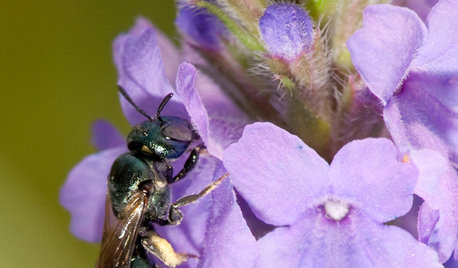
GARDENING GUIDESSmall Carpenter Bees Are Looking for a Home in Your Plant Stems
Provide flowers and nesting sites in your garden for this beautiful, tiny, metallic blue wild bee — your plants will thank you
Full Story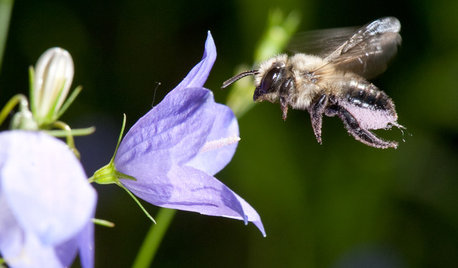
GARDENING GUIDESPut Out the Welcome Mat for Leafcutter Bees in Your Garden
Provide a diversity of flowering plants from spring through fall for these charismatic native bees, and you won’t be disappointed
Full Story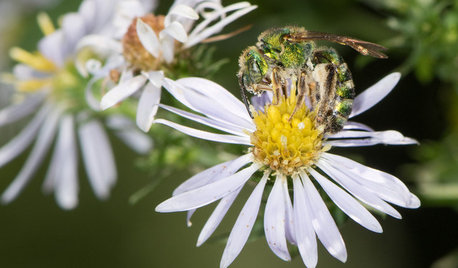
GARDENING GUIDESLook for Metallic Green Sweat Bees Visiting Your Garden This Fall
These beautiful sweat bees will dazzle and delight you with their bright emerald green color and midsummer and fall flower visiting
Full Story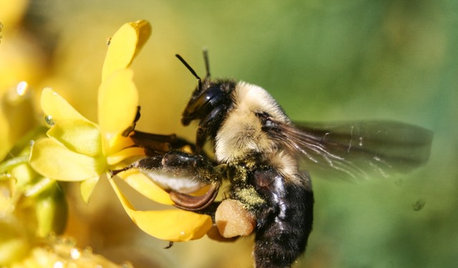
GARDENING FOR BUTTERFLIESGardening for the Bees, and Why It’s a Good Thing
When you discover how hard bees work for our food supply, you may never garden without them in mind again
Full Story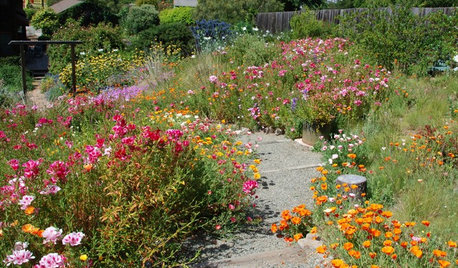
EARTH DAYHow to Design a Garden for Native Bees
Create a garden that not only looks beautiful but also nurtures native bees — and helps other wildlife in the process
Full Story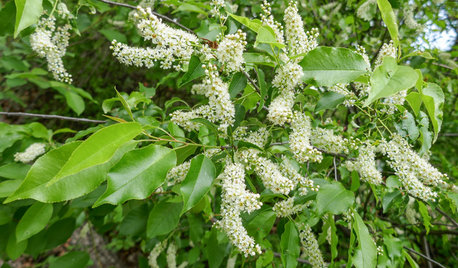
GARDENING GUIDESPlant Black Cherry Trees for the Birds and Bees
Plant Prunus serotina in the Central and Eastern U.S. for spring flowers, interesting bark and beautiful fall color
Full Story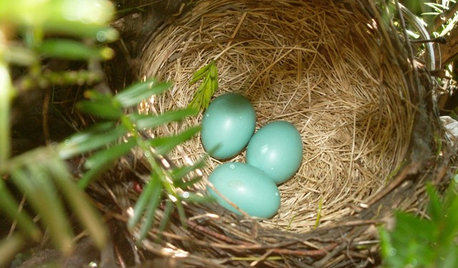
GARDENING FOR BIRDSWhat to Know About Birds Nesting in Your Yard
Learn how to observe, record data and help ornithologists with NestWatch’s citizen science project understand bird trends
Full Story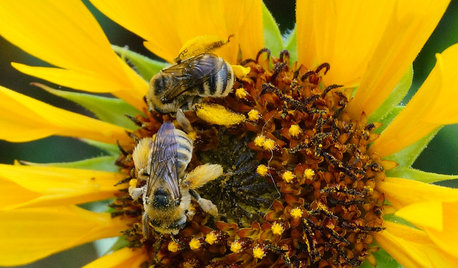
EARTH DAY12 Entertaining ‘Bee-haviors’ of Native Bees
The parade of pollinator antics is another reason to create a garden that nurtures native bees
Full Story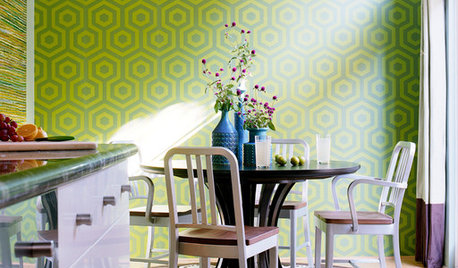
DECORATING GUIDESHoneycomb Shapes Are the Bee’s Knees
The hexagon is everywhere in nature — in honeycombs, tortoiseshells, snowflakes. Why not replicate it in home design?
Full Story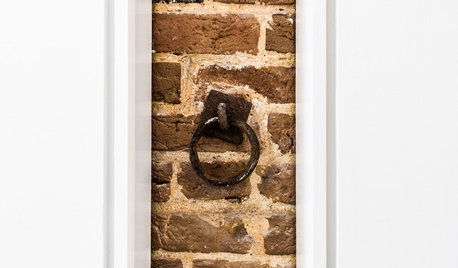
LIFEYou Said It: ‘Rather Than Remove Them, They Framed Them’
Design advice, inspiration and observations that struck a chord this week
Full Story


Orangeking